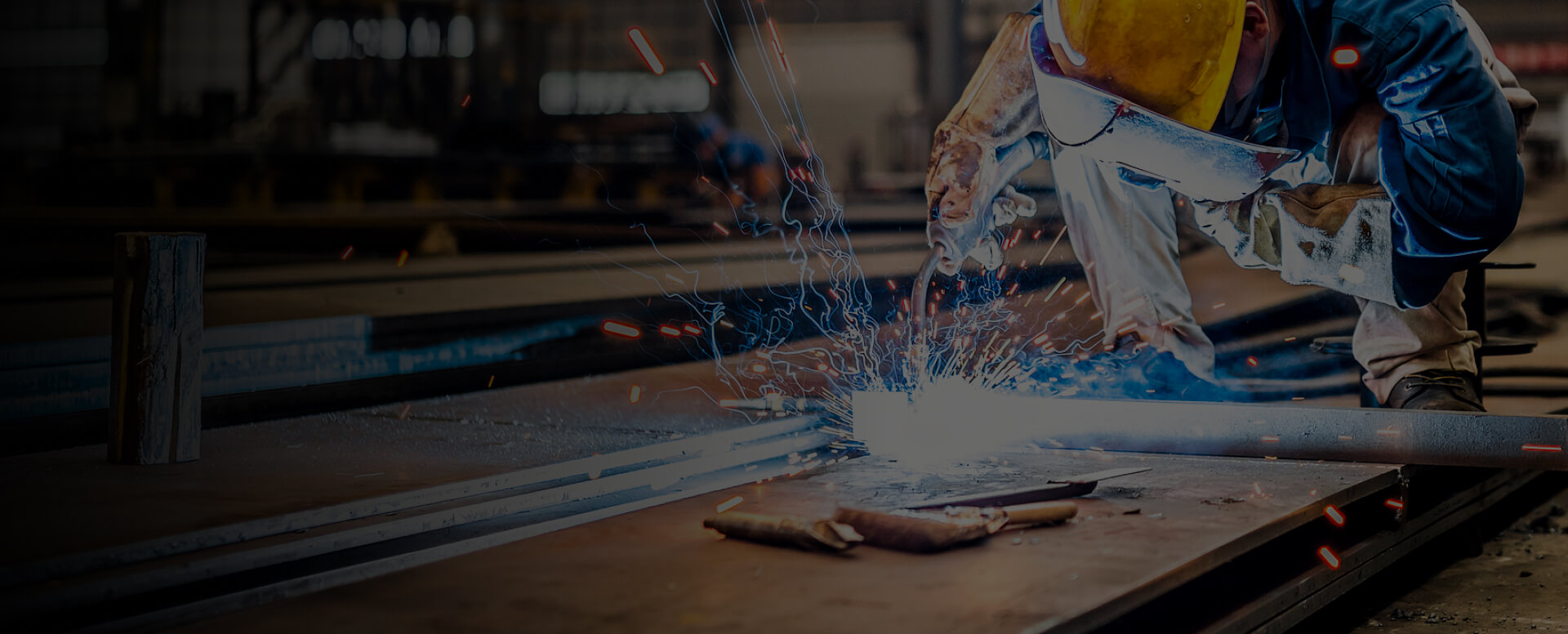
Article

Features of Cheap Gasless MIG Welder
Wire Feed SpeedWire feed speed is crucial for cheap gasless MIG welders. Lower-priced models offer a wire feed speed range of 40-500 or 600 inches per minute. This still allows for adjustments based on weld thickness. Higher-end models have more precise controls and can go up to 700 inches per minut
Read More
MIG Welding Basics
MIG welding, also known as gas metal arc welding (GMAW), is an efficient and versatile welding technique used across a wide range of industries. The method uses a continuously fed wire as the electrode and a gas mixture to protect the weld pool from contamination. MIG welding is favored for its high
Read More
4 Major Drawbacks of Using Acetylene
Acetylene’s disadvantages include being highly flammable (with a 2.5%-82% range), unstable above 15 psi, higher costs ($200/month vs. $100 for propane), and toxicity that requires $1,500 detectors.Section 1: High FlammabilityKeywords: acetylene flammable, acetylene explosion risk, welding safety, in
Read More
Cathodic Cleaning in MAG Welding: Mechanism And Practical Applications
Cathodic Cleaning in MAG Welding: Mechanism and Practical ApplicationsThe “cathodic cleaning” effect—often viewed as a near-magical phenomenon in welding—refers to the rapid removal of surface oxides during the arc welding process, resulting in a clean, bright metal surface. While this effect is wel
Read More
TIG Vs MIG Welding for Steel: Which Is Better?
When welding steel, TIG welding is often the preferred method for achieving high precision, clean welds, and controlled heat input. MIG welding, on the other hand, offers greater speed and is better suited for thicker materials or long continuous welds. For thin steel and high-integrity applications
Read More
Double Arcing in Plasma Arc Welding: Causes, Risks, and Prevention
Plasma arc welding is renowned for its precision and deep penetration, earning it the nickname "laser scalpel" of welding. However, this high-precision process is vulnerable to a dangerous phenomenon known as double arcing, where the main arc splits into two separate paths—posing serious risks to we
Read More
The Mystery of Lag Discoloration in Titanium Welding: Causes And Solutions
In titanium welding, the weld color serves as a critical visual indicator of gas protection quality. However, a phenomenon known as "lag discoloration"—where the weld appears silver-white initially but gradually turns gold, blue, or gray during cooling—signals underlying contamination that can sever
Read More
How To Solve The Problem of Spheroidization in Aluminum MIG Welding Wire?
Solving Aluminum MIG Welding Wire Balling: Causes and Smart SolutionsAluminum is widely used in high-end manufacturing, such as aerospace and new energy vehicles, due to its lightweight and corrosion resistance. However, aluminum MIG welding often faces a frustrating issue—wire balling, where the wi
Read More
Why AC Current Is Essential for Aluminum Welding?
Aluminum is everywhere—from smartphones and laptops to aerospace components—valued for its light weight, corrosion resistance, and aesthetic appeal. However, welding aluminum presents unique challenges that often require alternating current (AC) rather than direct current (DC). Here’s why.The Challe
Read More
What is the typical cost of mig welding?
Understanding MIG Welding Costs: A Detailed BreakdownThe cost of MIG welding can vary significantly depending on the scale and complexity of the project. For small DIY tasks, expenses may be relatively low, with basic equipment ranging from 400 to 2000. In contrast, large commercial or industrial pr
Read More
